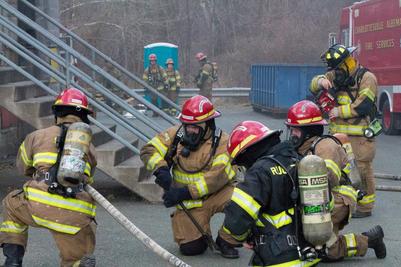| Written by: | Krista Sigurdson, PhD, Assistant Adjunct Professor, Social & Behavioral Sciences, University of California, San Francisco Visiting Assistant Professor, Mills College Jody Ahlm, PhD Candidate Sociology Department, University of Illinois at Chicago |
HUMAN MILK EXCHANGE
In recent history, “just as the world of blood banking was convulsed by the AIDS epidemic [in the 1980s and 1990s], AIDS caused a cataclysm in the much smaller world of milk banking” (Swanson 2014:193). With the first discovered transmission of AIDS through a blood transfusion and the discovery of HIV in human milk in the late 1980s, milk banks formally rejected payed milk sellers and reinforced their model of uncompensated “donor breast milk” as that which they offer (Swanson 2014). The rejection of paying milk donors continues to permeate the world of non-profit milk banking (Swanson 2014, Gerstein Pineau 2012) and has impacted the construction of informal milk sharing as a safe, respectable, and ethical form of exchange (Sigurdson 2015). Informal sharing practices operationalize an ethic of “informed sharing” where donors and recipients are individually responsible for vetting each other.[1]
Krista found in her research on informal milk sharing in the San Francisco Bay Area that risk assessment was often mitigated by recipients enacting the concept of a “good breastfeeding mother” who not only breastfeeds her own baby but also puts in the extra embodied and technologically mediated labor of pumping, collecting, and storing surplus breast milk for her own baby or to give to another. As hard working breastfeeding/donating mothers they were not seen as the “type” to hide medical conditions (e.g. HIV or other STD also transmissible by breast milk), engage in risky behavior like IV drug use or casual unprotected sex or knowingly compromise the milk through adulteration.[2] Respectabily was established by donors giving milk without remuneration and by recipients not pressuring donors for more milk. In many cases, Krista observed that donors and recipients had equally experienced infant feeding as a technoscientifically mediated form of embodied labor. As Krista wrote about (Sigurdson 2015), many donors came to donate because they developed a pumping pattern that encouraged an “over-production” of milk and many recipients spent hours at the pump or using other breastfeeding devices and lactation products trying to produce more milk. (see Avishai 2007 on “breastfeeding projects”).
GAY MALE HOOK UP APPS
The popularity of Grindr as a means of finding casual sex has made it a lightning rod for anxieties over gay men’s sexual practices. Current discussions about respectability politics in LGBTQ communities in the US are inextricably tied to the HIV crisis of the 1980s/1990s, when longstanding tensions in political strategies for improving the lives of LGBTQ people were injected with a life-or-death urgency. As public cruising has become more stigmatized and heavily policed, and the pressures of respectability politics and gentrification have de-sexualized many public gay spaces (Hanhardt 2013), apps such as Grindr have become a primary site for finding casual sex partners. The marriage equality movement’s focus on gay identity over gay sex limits gay respectability to mongamous coupledom and stigmatizes promiscuity (Duggan 2004, Eng 2010).
In Jody’s digital ethnography of Grindr she found that users’ anxieties over their reputation were often manifested in the management of their digitized bodies. Torso shots used as profile pictures, pictures of erect penises sent through private message, and references to a preference for receptive or penetrative sex (“bottom” or “top”) are used to signal sexual intent, even in the presence of conflicting statements such as “just on here checking things out,” or “not looking for hook ups”. Whether presenting a certain ambivalence toward the app or openly using it for hook ups, Grindr users must negotiate the stigma of promiscuity associated with the app. The structure of the app creates affordances that allow users to keep separate the explicit photos they send in private messages and the face-pic on their public profile. Significantly, many users will not talk to another user without seeing a face pic, either in their profile or in the first private message, saying things like “It’s 2015 have a face.” The simultaneous imperative to be out and to guard one’s reputation reflects the pressures of contemporary respectability politics to make visible gay identity while portraying an assimilable sexuality.
[1] The exchange of breast milk outside of the primary mother/baby dyad have long histories going back to eras of commonplace wet nursing (Golden 1996; Swanson 2014). These histories have been mired in controversies related to respectability and safety amidst contextual dynamics of gender, race, class, nation, sexuality and the expectations of proper motherly conduct (e.g. Jones-Rogers 2011).
[2] Most of the milk sharing participants Krista interviewed were high income, well-educated and often white. This reflects the demographics of those who are most likely to breastfeed and overcome “lactastrophes” (Palmquist and Doehler 2014) through labor and time intensive practices. Class and race afforded markers of respectability and perceived low risk to many of the mothers engaged in milk sharing.

 RSS Feed
RSS Feed
